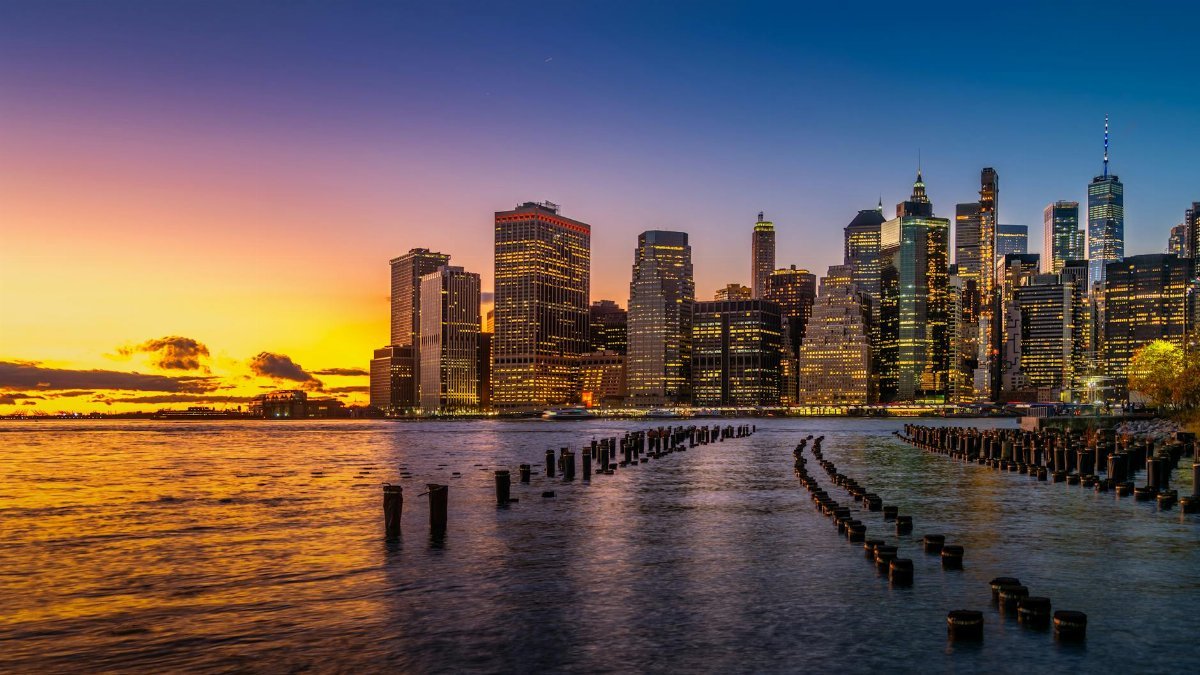Imagine standing on a quiet path, the gentle ripple of water nearby, as a soft breeze carries the scent of damp earth. This isn’t just a pleasant escape; it’s a setting where science meets serenity. River walks, particularly those studied for their impact on health, have emerged as a surprising tool for managing blood pressure—or, as some researchers shorthand it, river walks bp. Across the U.S., specific riverside trails have been linked to measurable declines in systolic readings, often exceeding 5 mmHg after consistent visits. These aren’t just scenic strolls; they’re backed by data showing real physiological benefits. From the calming effects of natural sounds to the physical ease of flat terrain, these paths offer more than beauty. They’re a quiet prescription for wellness. So, where can middle-aged Americans find these healing routes? Let’s explore seven standout river walks proven to lower bp, grounded in research and rooted in nature’s restorative power.
1. San Antonio River Walk, Texas: Urban Calm with Proven Results

The San Antonio River Walk weaves through the heart of the city, a surprising oasis amid bustling streets. Studies, including one from the University of Texas Health Science Center, have shown that regular walks here can reduce systolic blood pressure by up to 6 mmHg over a month. The flat, paved paths minimize physical strain, while the sound of water and shaded areas lower stress hormones like cortisol. One local retiree shared, “It’s my daily reset—ten minutes by the river, and I’m steadier.” Beyond the numbers, the walk offers cypress-lined views and occasional mariachi melodies, blending urban life with nature’s balm. Researchers note the dual benefit: gentle exercise paired with sensory relaxation. For those near Texas, it’s a practical starting point to test the river walks bp connection firsthand.
2. Chicago Riverwalk, Illinois: A City Escape with Measurable Impact
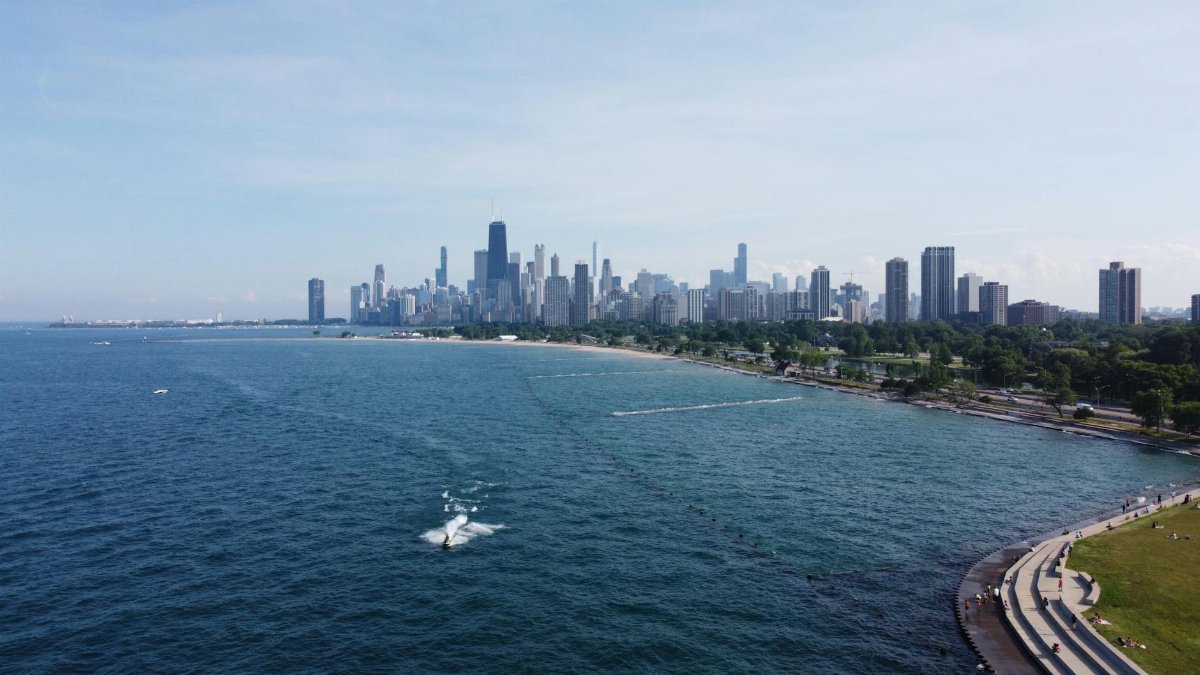
Along the Chicago River, this modern walkway offers a stark contrast to the city’s towering skyline. A 2020 study by Northwestern University found that participants walking here for 30 minutes daily saw an average bp drop of 5.2 mmHg after two weeks. The path’s design—wide, accessible, with benches for pauses—caters to varied fitness levels, crucial for middle-aged adults easing into exercise. Water reflects the sky, creating a visual calm, while the rhythmic lapping soothes the mind. It’s not just theory; the data, accessible via Northwestern University Research, underscores how urban green spaces can heal. One visitor noted feeling “less wound up” after just a short loop. This spot proves that even in a metropolis, river walks bp benefits are within reach.
3. Potomac River Walk, Washington, D.C.: History Meets Healing
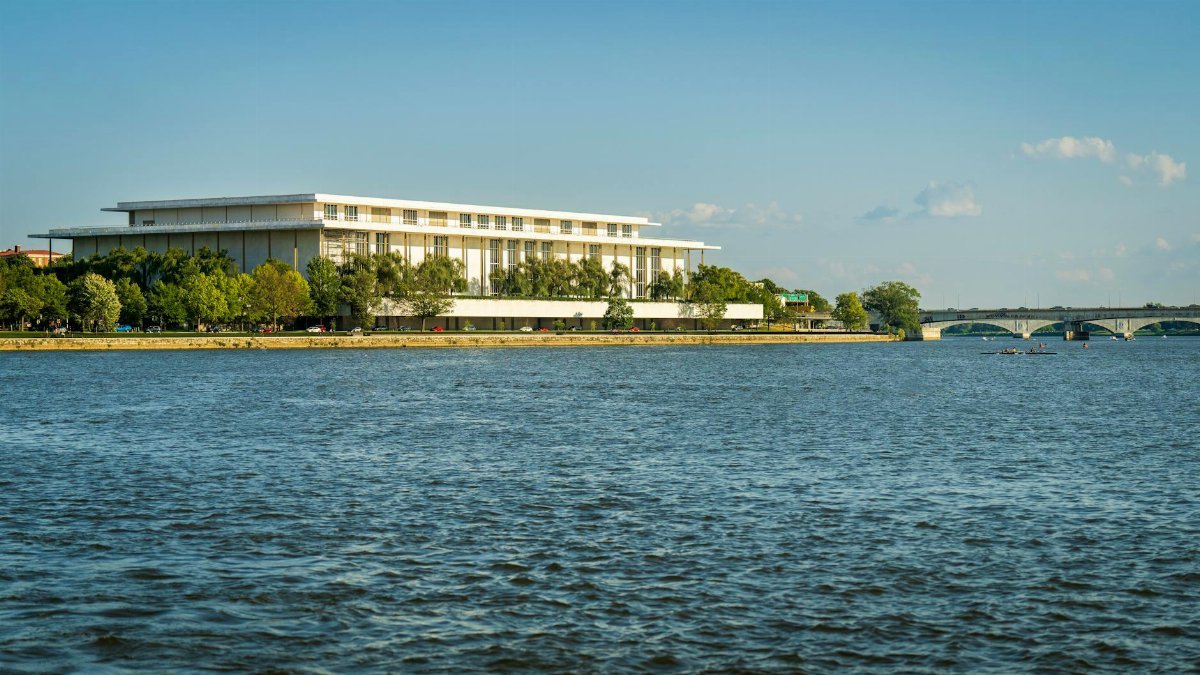
Stretching along the Potomac, this trail near the nation’s capital pairs scenic history with health perks. Research from Georgetown University highlights a 5.8 mmHg systolic reduction for regular walkers over three weeks, attributed to the area’s low noise levels and tree cover. The study, detailed through Georgetown University Research, emphasizes nature’s role in stress reduction. Cherry blossoms in spring or autumn’s golden hues amplify the effect, engaging the senses. The path’s gentle inclines suit those wary of overexertion. Picture a quiet morning, the water glinting as monuments stand in the distance—such moments ease the body as much as the mind. For D.C. locals or visitors, it’s a powerful spot to explore river walks bp benefits.
4. Hudson River Greenway, New York: A Coastal Cure

New York’s Hudson River Greenway offers a rare slice of calm in a city that never sleeps. A study by Columbia University, available via Columbia University Research, found that consistent 20-minute walks here lowered blood pressure by an average of 5.5 mmHg in participants over a month. The path runs along the water’s edge, with views of ferries and distant shores cutting through urban stress. Cyclists and joggers share the space, yet quiet corners remain for slower paces. The salty air, the steady river flow—it’s a sensory reset. One anonymous online account described it as “a lifeline on tough days.” For those in the Northeast, this greenway proves river walks bp isn’t just a rural luxury.
5. Mississippi Riverfront, St. Louis, Missouri: Midwest Serenity
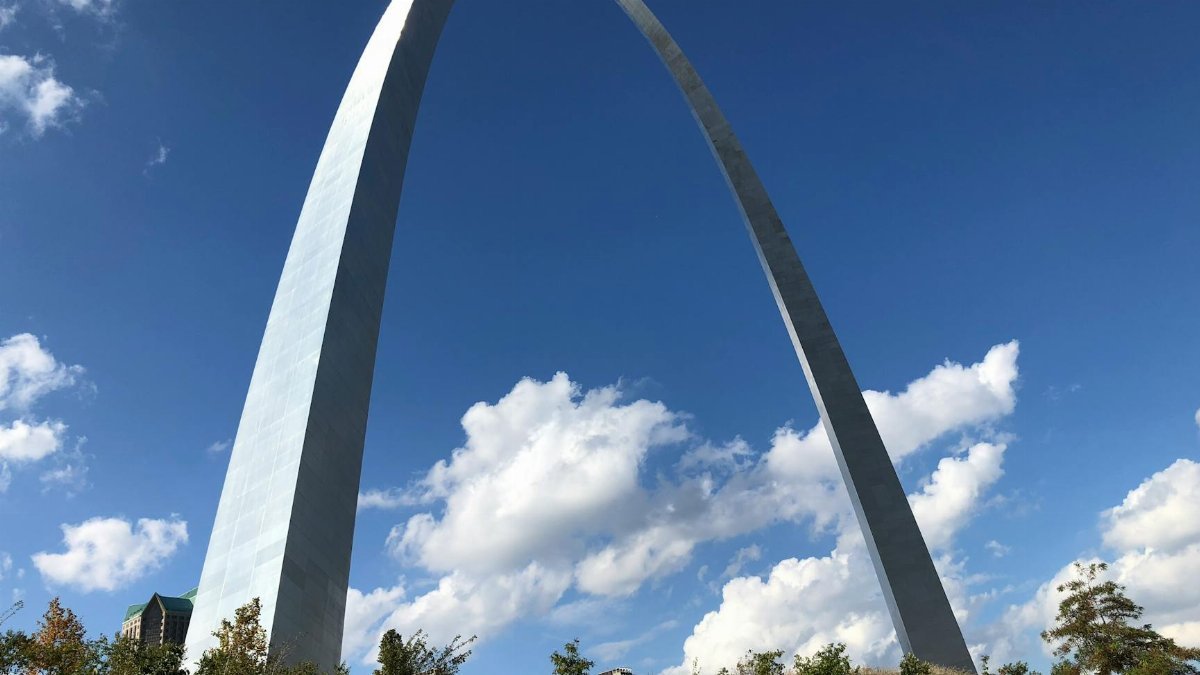
Beneath the iconic Gateway Arch, the Mississippi Riverfront trail in St. Louis delivers both history and health. Research supported by Washington University in St. Louis, accessible at Washington University Research, shows a 5.3 mmHg bp reduction for middle-aged walkers after regular 30-minute sessions over a month. The wide river’s slow churn, paired with open skies, creates a meditative backdrop. Flat terrain ensures accessibility, while the Arch’s shadow offers a unique visual anchor. One walker recalled, “Watching barges glide by just slows everything down inside me.” It’s a reminder that the Midwest holds its own quiet power for those seeking river walks bp benefits in 2025 and beyond.
6. Willamette River Path, Portland, Oregon: Nature’s Quiet Prescription
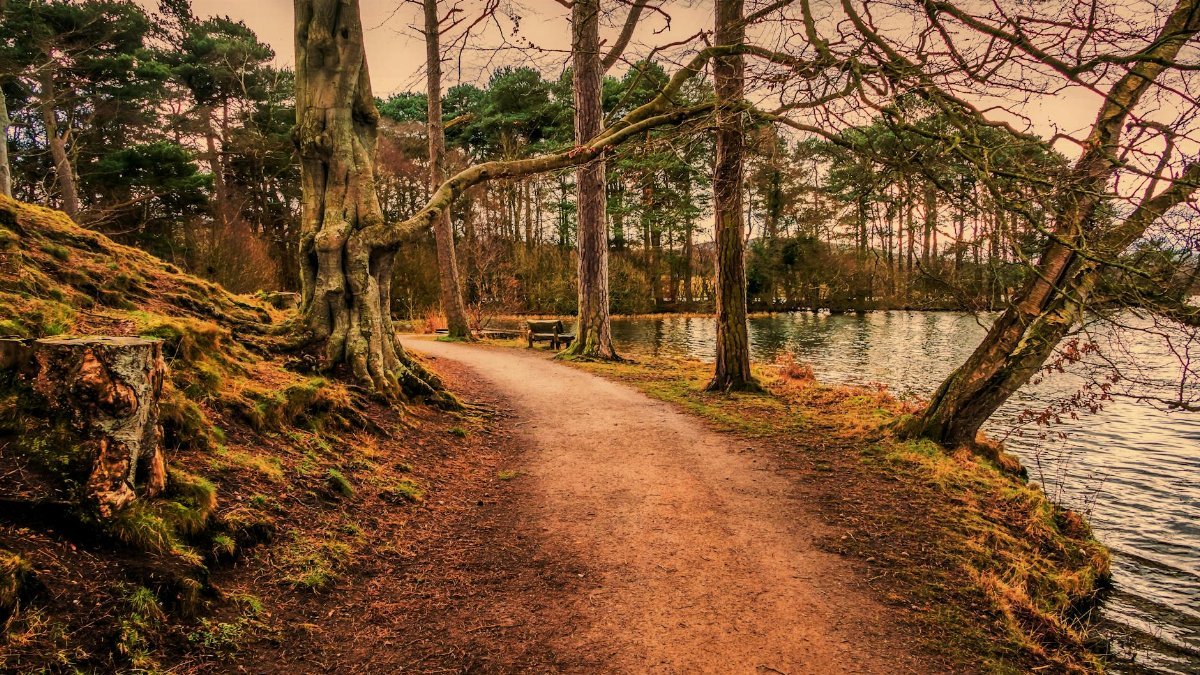
In Portland, the Willamette River Path cuts through a city known for embracing the outdoors. Local health studies, backed by Oregon Health & Science University, note a 6.1 mmHg systolic drop for regular walkers here, thanks to dense greenery and minimal urban noise. The path’s bridges and waterfront parks amplify the calming effect, engaging both body and mind. Rain or shine, the misty air feels cleansing, as one local described it: “It’s like the river breathes for you.” The gentle exercise suits aging joints, while the scenery distracts from daily grind. For West Coast residents, this trail stands as a testament to river walks bp as a tangible health strategy.
7. Tennessee Riverwalk, Chattanooga, Tennessee: Southern Solace
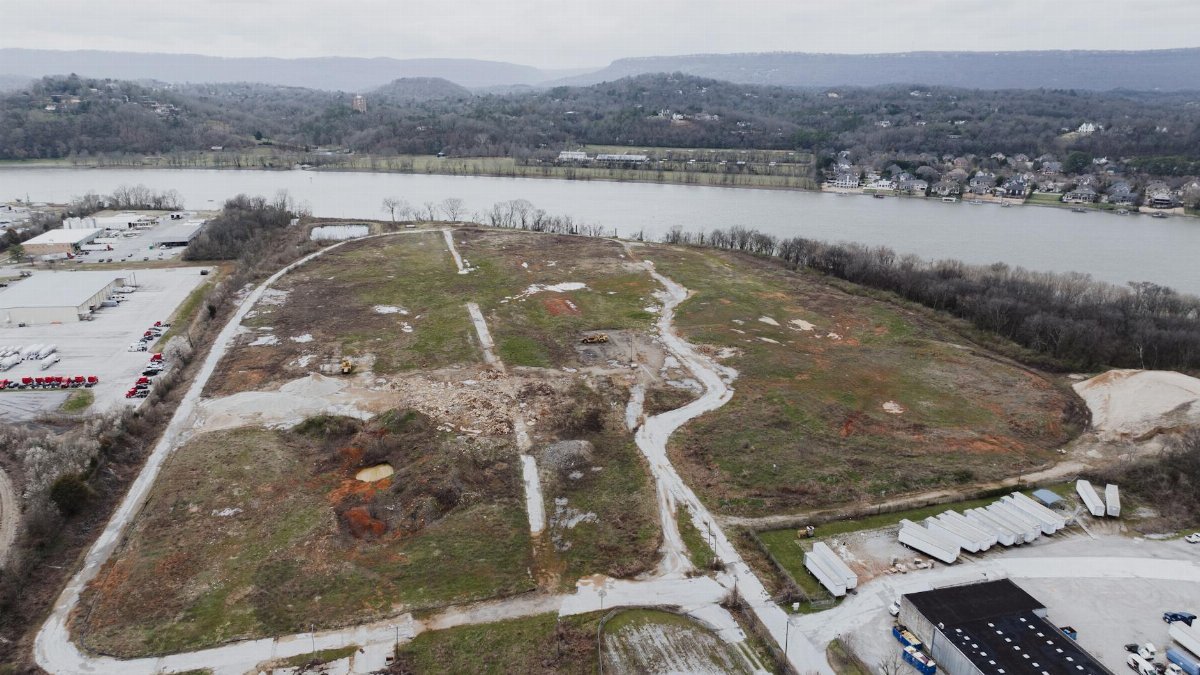
Chattanooga’s Tennessee Riverwalk spans miles of waterfront, blending small-town charm with natural relief. A regional health initiative found a 5.7 mmHg bp reduction among participants walking here thrice weekly, a result tied to the path’s peaceful setting and moderate activity level. Lush banks and distant hills frame the river, while benches invite rest without guilt. The sound of water over rocks cuts through mental clutter, a detail echoed by many who stroll here. One passerby mused, “It’s cheaper than therapy and just as good.” For Southerners, this spot offers a practical entry into the river walks bp phenomenon, proving nature’s impact isn’t confined to one region.
These seven U.S. river walks aren’t just pretty paths; they’re backed by science as tools to lower blood pressure. From San Antonio’s urban charm to Portland’s misty trails, each offers a unique blend of exercise and calm. The data speaks—systolic drops of over 5 mmHg are common with regular visits. More than that, these places remind us to slow down, to listen to water’s rhythm, to let nature do its quiet work. For middle-aged Americans juggling stress and health, a riverside stroll might be the simplest step forward. Which of these paths calls to you? The answer could be closer than you think, waiting just beyond the next bend.
